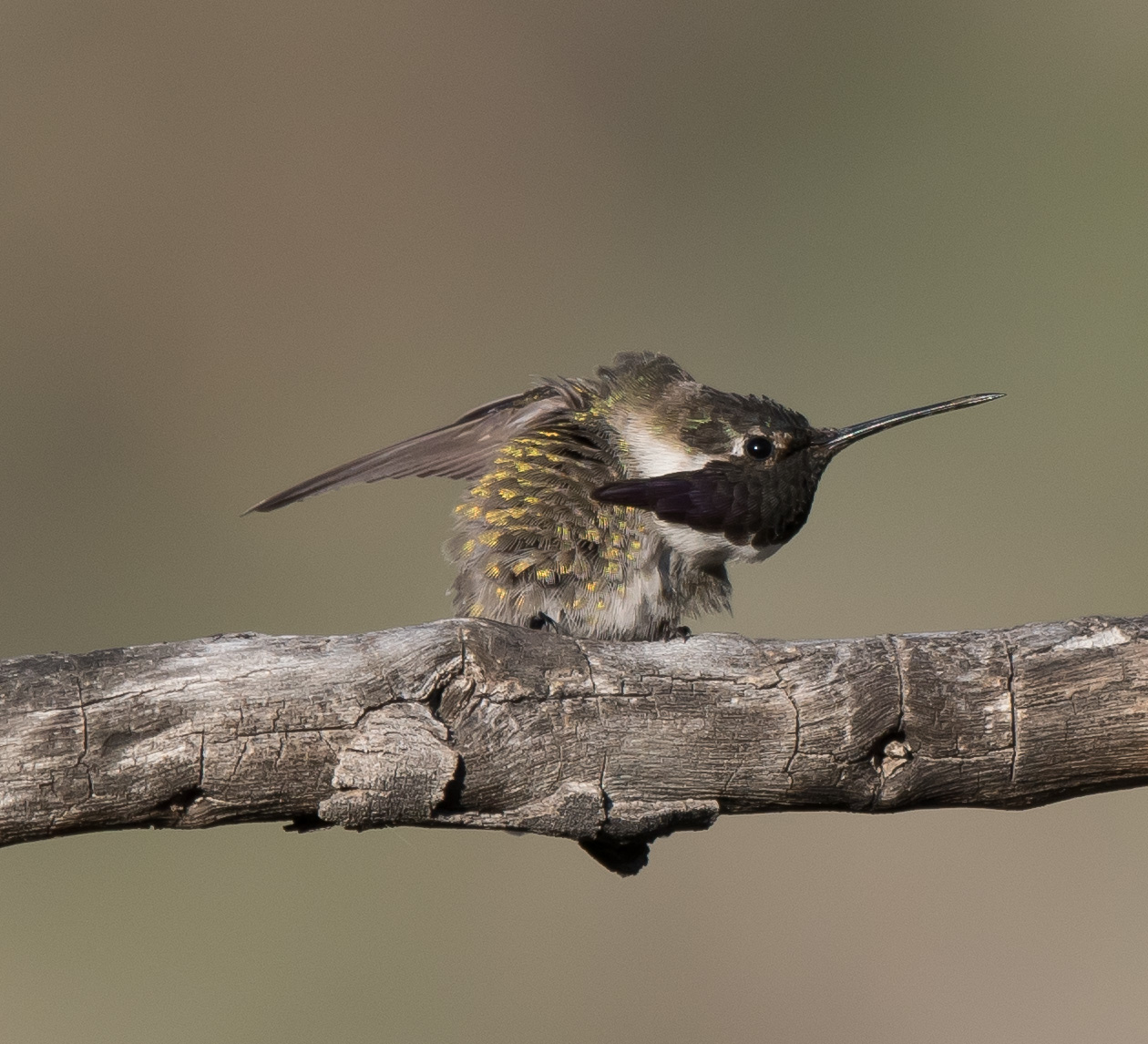On Tuesday, July 5th, a group of 4 of us birders decided to head south and east from the Phoenix area to try for a couple of rarities that had been reported. The team consisted of myself, Susan Fishburn, Caleb Strand, and Josh Smith. There were a few target birds for Caleb and Josh as they would be lifers. No new lifers for me, but I would have the chance to add the Scissor-tailed Flycatcher to my Arizona list. After stopping at Sweetwater Wetlands in Tucson to try to locate a Purple Gallinule that had been reported the day before, we found out that they were closed that morning to perform their weekly mosquito spraying. So we continued on down the road to the Sierra Vista area to look for the Scissor-tailed Flycatcher.
This was not a life bird for me as I recall one that visited our farm in southwestern Nebraska when I was a kid, and then I got to see them in Texas a few years back. Once a person sees this bird, it definitely creates a memory for years to come and I can still picture that one from my childhood in Nebraska. Well this one was pretty easy to find and it put on quite a show for all of us and we all got great looks at it. It was a life bird for both Caleb and Josh.
Scissor-tailed Flycatcher
What I had not expected was the sparrows we had on the road just before the STFL. We had Black-throated, Cassin's, and Botteri's Sparrows. Black-throated are fairly common in and around the Phoenix area, but the Cassin's and Botteri's are not. So to see these two species of sparrows and also being able to capture photos of them is pretty special.
Botteri's Sparrow
Cassin's Sparrow
Another bird found on the road was a pair of Chihuahuan Ravens. This is another bird I do not see too often and have never really been able to get decent photos of them. They provided us with great views and for once some decent photos.
Chihuahuan Raven (with a drgonfly for good measure)
By now it was staring to warm up and since we were close to the San Pedro House, we made a brief stop there where the only bird I photographed was a Barn Swallow. But the coolest thing was a Coachwhip snake that was relaxing in one of the trees.
Barn Swallow
Coachwhip body
Coachwhip head
It turned out to be a great day for Caleb and Josh. I believe Caleb garnered 3 life birds that day and Josh added 4 to his life list. It was hot as Arizona summers usually are.
A couple of photos to finish this post are a Cooper's Hawk at Sweetwater Wetlands and a 'Coue's' White-tailed Deer at Miller Canyon.
Cooper's Hawk
Coue's White-tailed Deer




















































































